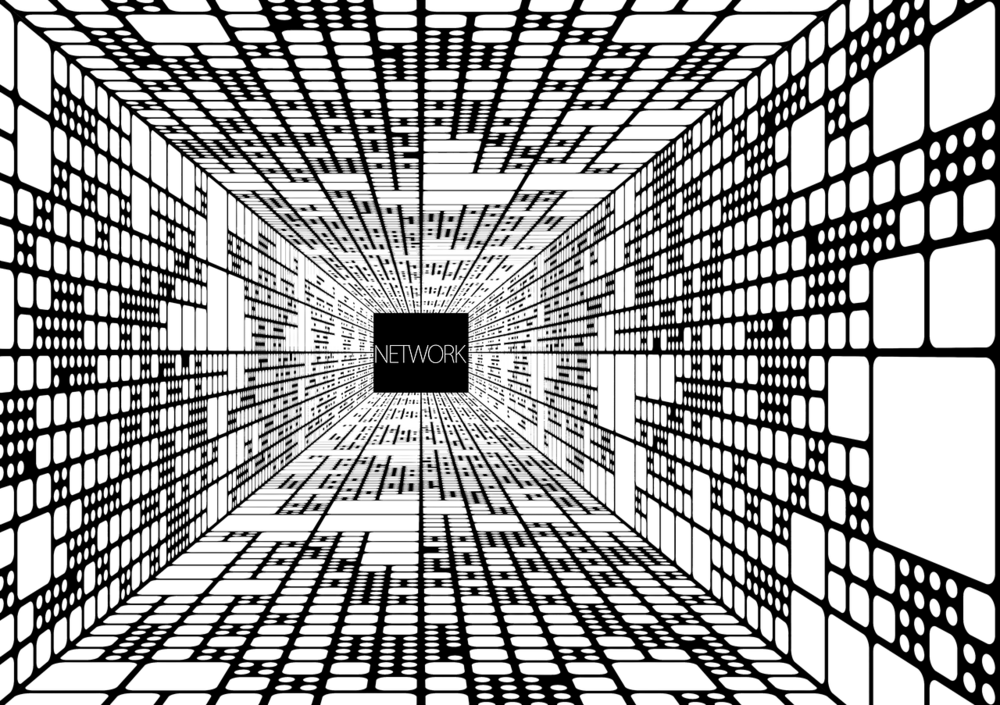We offer you and your projects’ partners a win-win solution based on a solid, long-lasting, fruitful relationship
You outsource the mundane & concentrate on what you do best
This article is part of a blog series on construction 4.0, embracing digitalization, urbanization of emerging economies, and the changes it implies for the construction industry.
The construction industry is traditionally not an early adopter of technology. It is, though, encouraging to see the industry moving in the right direction. Examples are:
In 2021 the global construction 4.0 market generated $11.8 billion of revenue and is projected to reach $62.1 billion by 2031, so from 2022 to 2031 the annual growth rate is predicted to be 17.7%.
The construction 4.0 term means digitization. It is all about connectivity to improve the way we do business in the Architects, Engineers, Construction, and Operations (AECO) industry.
The construction 4.0 market slowed down, during the COVID-19 lockdown, as demands for industrial robots, asset monitoring, and other applications decreased due to the interruption in building, construction, and infrastructure developments. However, the market recovered by the end of 2021.
The construction industry is shifting towards greater digitization. We still have to agree on a definition of what the concept of construction 4.0 really means. Here are some of the definitions we think are the most relevant:
When you talk about the digitization of the AECO industry the associated technologies are:
Unfortunately, we cannot just replicate other sectors' experiences in using these new technologies as the industry is made of:
The technologies will gradually change the way we work, reducing waste by mixing the physical environment with its digital representation, to anticipate at the design stage, errors that would be costly to discover at the construction stage.

The concept of construction 4.0 is evolving and innovative. Below are some examples of how it works:
To save time and money, more and more projects prefabricate sections of a building in warehouses before delivering them to a construction site.
For instance, using 3D printing allows you to digitally design bespoke parts and print them on a specific part of your construction.
BIM, laser scanning, cloud computing, artificial intelligence (AI), and immersive technologies can change the way you plan and design new structures in your projects.
3D simulations in virtual reality (VR) allow you to visualize, feel the space, and test a building before construction work begins. The information produced before the construction starts will allow you to speed up processes and improve the performance of the structures by easily:
Construction is using sensors, robots, and drones to automate repetitive and hazardous tasks for higher safety on construction sites, and faster, more reliable processes than the ones in traditional methods.
The adoption of the IoT, allowing data exchange via software, sensors, and other technologies accelerates the completion of projects.
BIM models are used as digital twins to:
At the design and construction phases, the interconnectivity of technologies is made of physical processes that manage a virtual counterpart of the physical world. It helps you to make decentralized decisions, using the cloud and the IoT, whilst your machines and your staff communicate and collaborate in real-time.
At the operational phase, BIM, IoT, and sensors help you to monitor the performance of the construction and implement an effective system for preventive maintenance management.

Digitization implies that a paradigm shift takes place in your organization including:
Data production and management is a crucial part of construction 4.0 success and requires new business models.
You cannot only rely on data and information traditionally generated during the design and execution of construction projects. You will have to include the data needed at the operation stage.
The data speed and amount of information coming from sensors and other systems require that you use new platforms to analyze, interpret, and connect them to the existing business platforms.
The above will allow you to provide new services and innovative products that connect your construction site with smart factories, and smart designs, to build smart constructions and cities.

It will depend on the digitalization maturity of your organization to decide which tools you need to implement to complete your transformation.
Innovation comes so rapidly that you need to monitor their evolution closely. Before starting the implementation, you should make sure that you will be using the right tools and methodologies, and that you are ready to use them.
You should ask yourself the following questions:
BIM, AI, and other technologies are used in the construction industry to:

The improvements you should expect from the implementation of Construction 4.0 are:
Construction 4.0 adopts technologies, to improve the decision making process of construction activities, and to connect the usage of various technologies through sensors and networking as follows:
Combining construction 4.0 and BIM allows projects to:
Process automation, using digital technologies, brings higher quality results, and production, and is more consistent and efficient.
Constructing sustainable smart assets requires the use of technology to create comfortable, safe, and sustainable spaces that allow better and more efficient use of resources. For example:
Construction 4.0 can help improve health and safety on work sites from the use of:
Building a digital twin and reviewing the design progress using VR, before construction, make the decision process easier and reduces the risk of costly reworks, decreasing financial and reputational risks to clients and contractors.
Involving facility managers during the design stage will improve the efficiency of your construction and will help predict future maintenance programs, reducing unforeseen malfunctions during the use of the building.

Some barriers should be removed before construction 4.0 is embraced more widely.
A survey conducted by TLF Research in the UK found that system integration issues, out-of-date devices, misaligned platforms and services across a company, and outdated software, explain most of the everyday challenges of the construction industry. This is prejudicial and causes a potential loss of income.
According to the survey, the challenges are:
Construction 4.0 will help reduce the repetitive and hazardous tasks, found in the construction industry, replacing many traditional, skilled jobs.
Trade staff will have to be re-trained to concentrate their effort on more rewarding and less dangerous jobs.
The roles of the architects and engineers will be enhanced, so they can focus on more advantageous offsite technologies rather than onsite construction.
Construction 4.0 requires money upfront to invest in new digital technologies. This could be a barrier to construction companies, especially for the small ones, as it could impair their ability to compete with the larger players.
New companies offering “technologies as a service” to smaller companies, will appear on the market, and will allow these small businesses to avoid spending a huge amount of money upfront.
Every new technology implementation requires that your staff learn new skills. You will have to train your workforce before you introduce digital modernization in your company.
When the technology is in place you will have to coach them on how to use the new software and machines.
You may also have to recruit new people.
Universities and training providers will have to design new programs to respond to these new requirements.
Change resistance in the construction industry is a big barrier to implementing a construction 4.0 strategy, so you will have to distinctly spell out the benefits of the new processes you want to implement. You also should describe what is in it for your employees if you want them to adapt to the new improvements as a team.

2023 appears to be a great year for construction. Be ready to embrace the change and get more opportunities.
Re-inventing your portfolio offering will help you to respond to the new requirements in Construction 4.0:
Investment requirements can involve the risk of high debts, so be careful in your venture. We would recommend that you:
Driving Vision's technology appraisal looks at the best way to insert new technology in your workflows and how to move your organization to cloud computing so you can open up new possibilities for your daily planning tasks and make sure your data never leaves the optimally secured data center.
A Driving Vision expert will conduct the interviews online and will issue a report and discuss our findings with you. Together we will decide the best way to implement the solutions at your pace and according to your budget.
Implementing BIM can be daunting, but Driving Vision is here to help you at the pace you are comfortable with. Get started by getting in touch now
We act as your BIM coordinator
We Support your BIM IT
We Train & Coach you
We Innovate in Technology
We offer you and your projects’ partners a win-win solution based on a solid, long-lasting, fruitful relationship
You outsource the mundane & concentrate on what you do best
